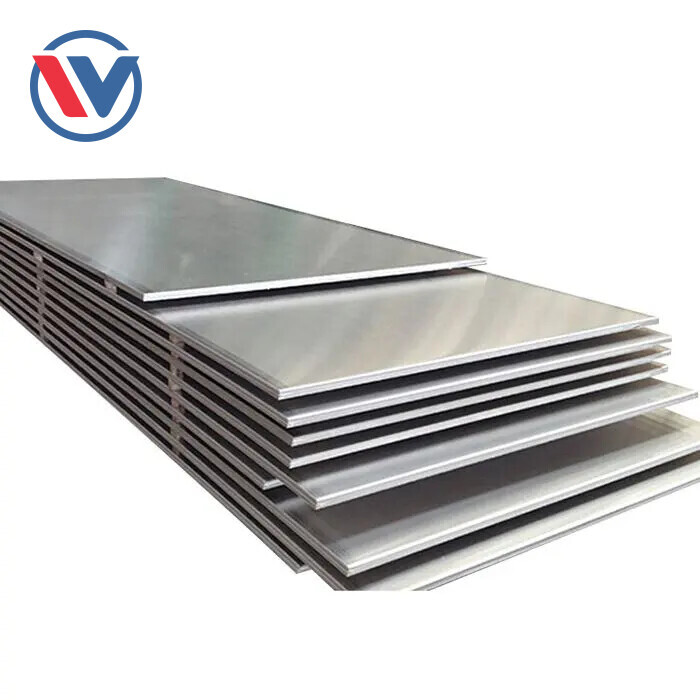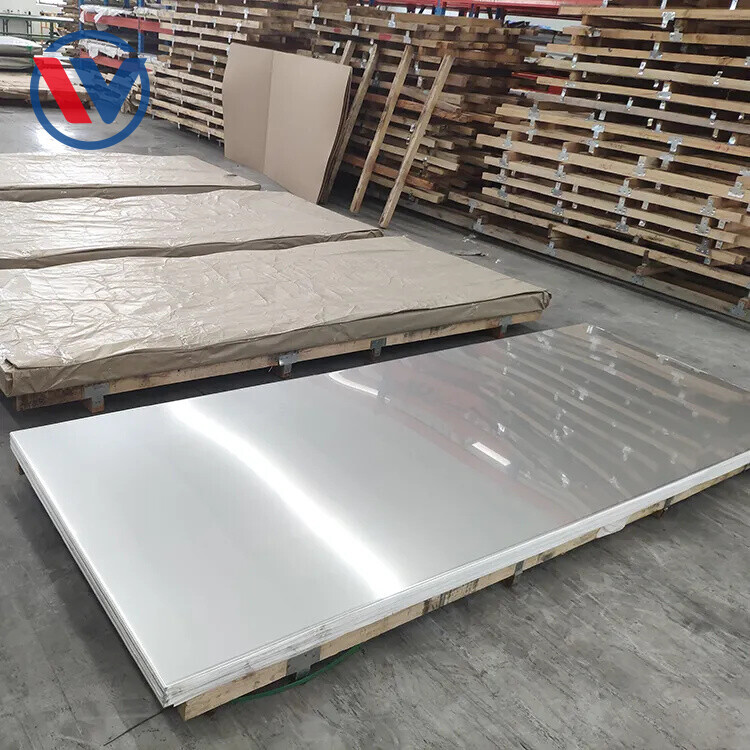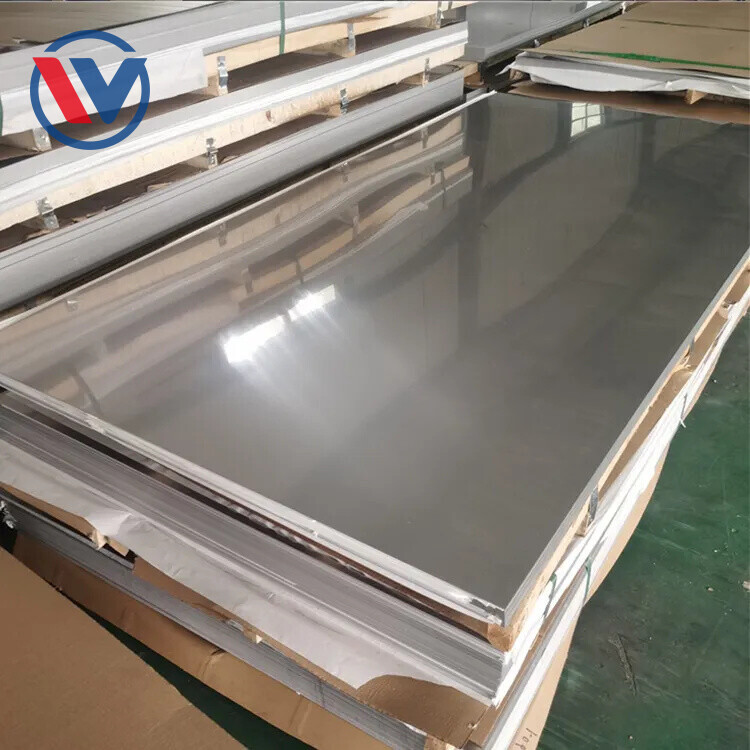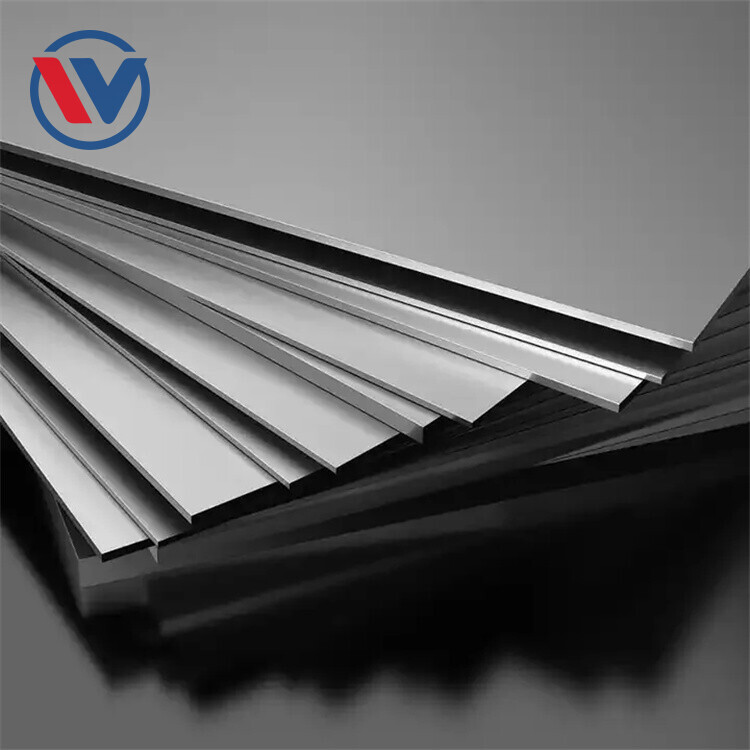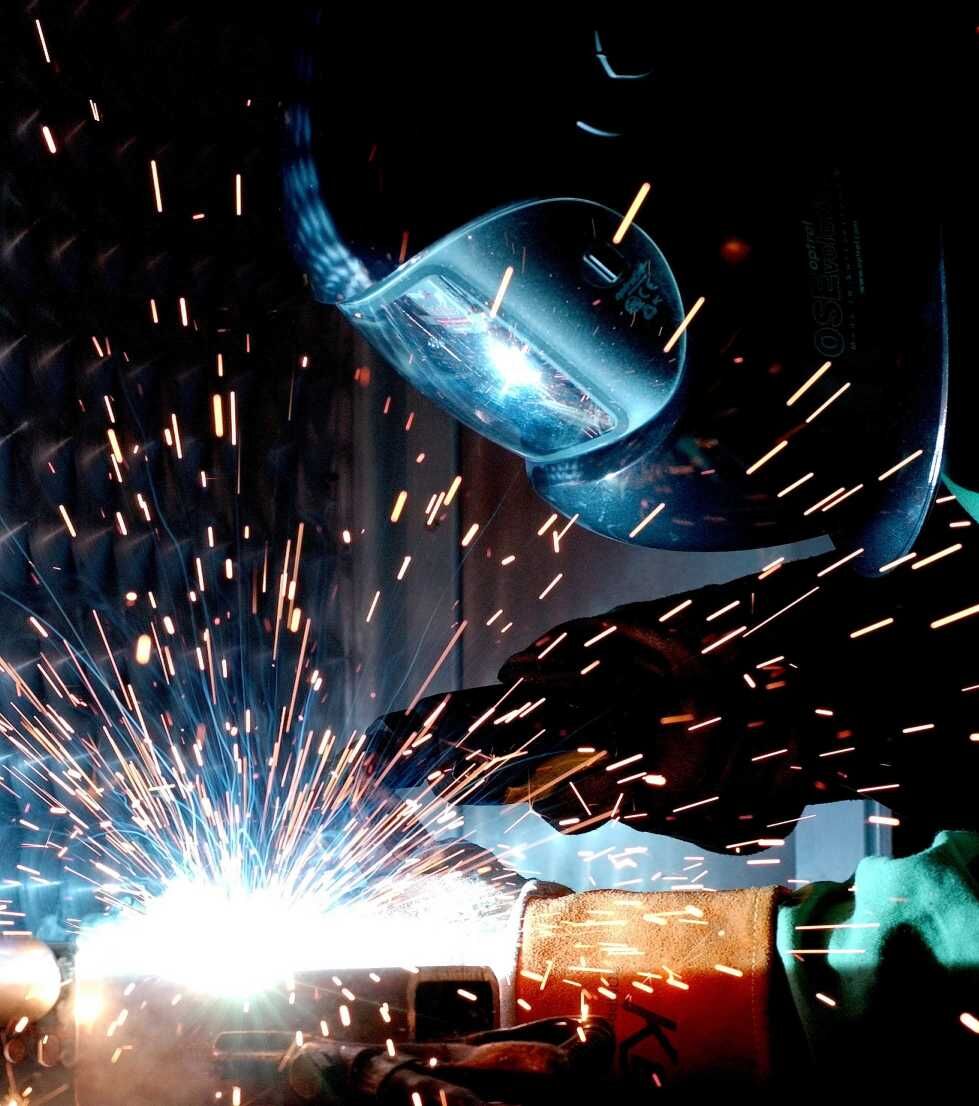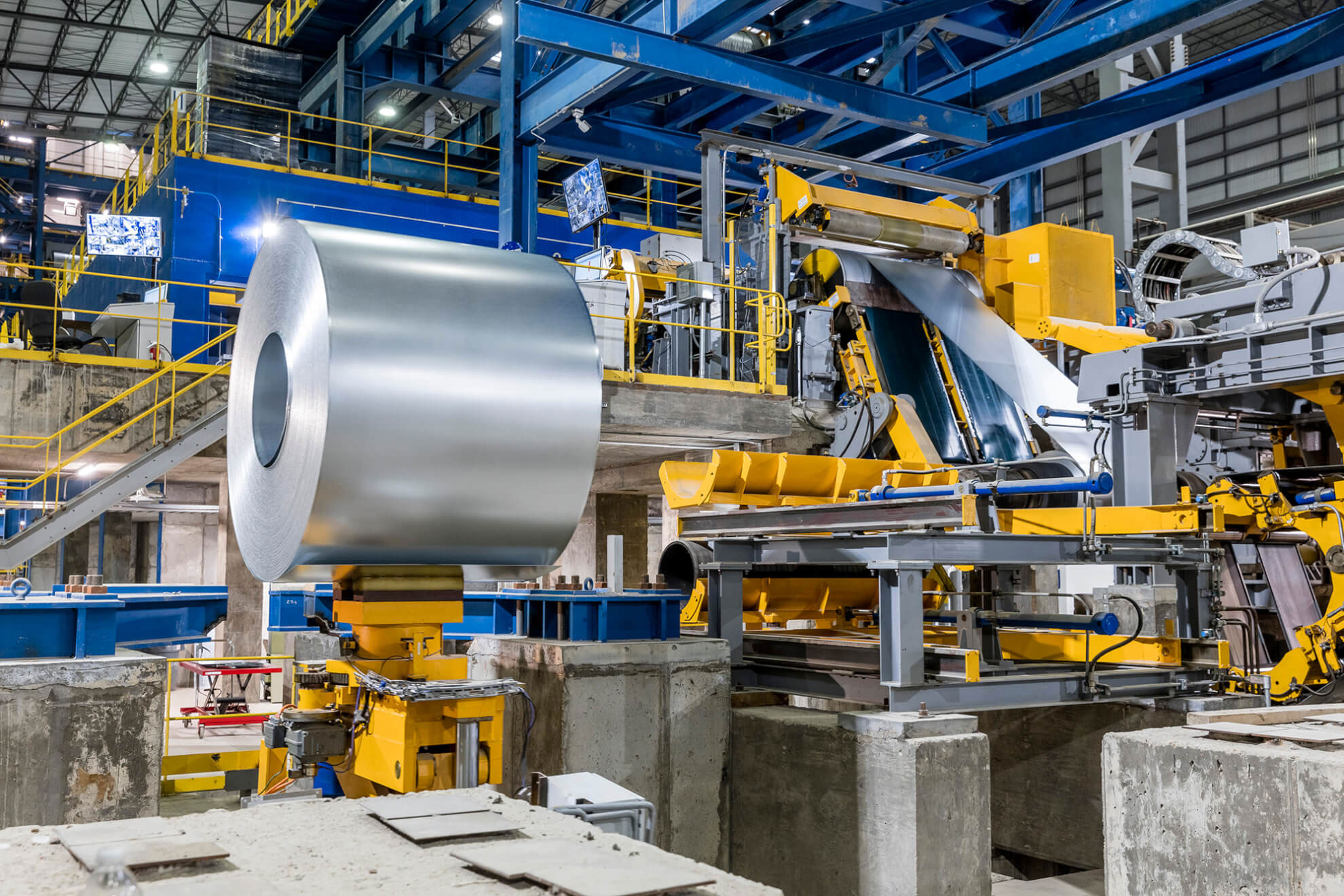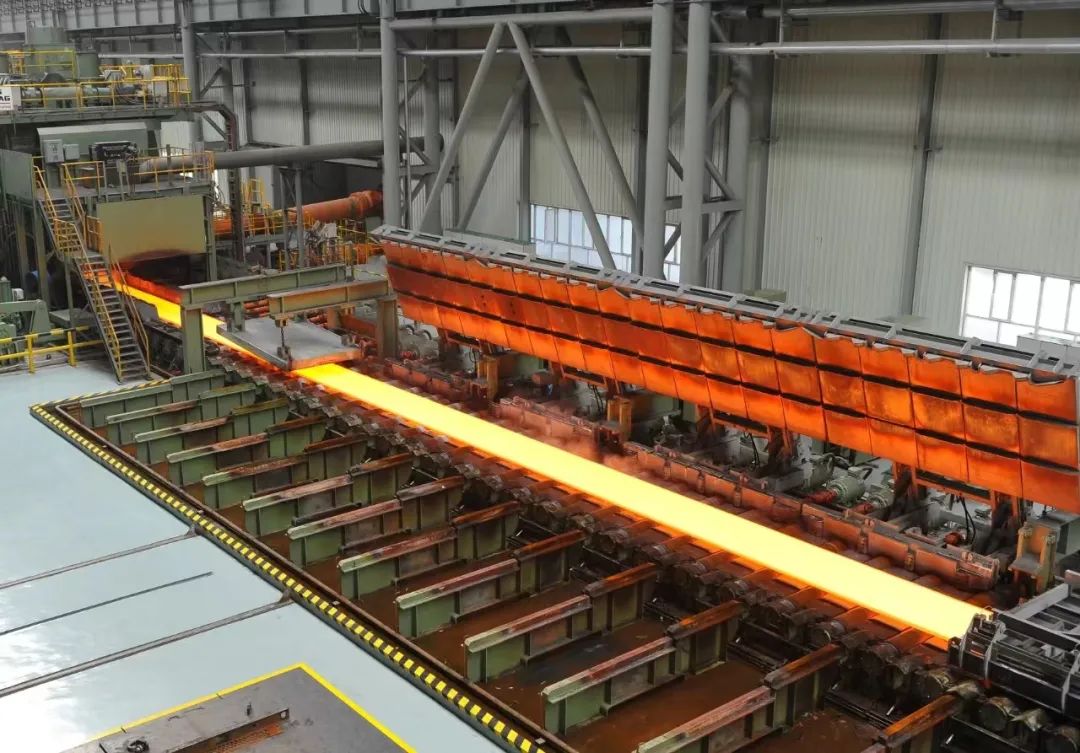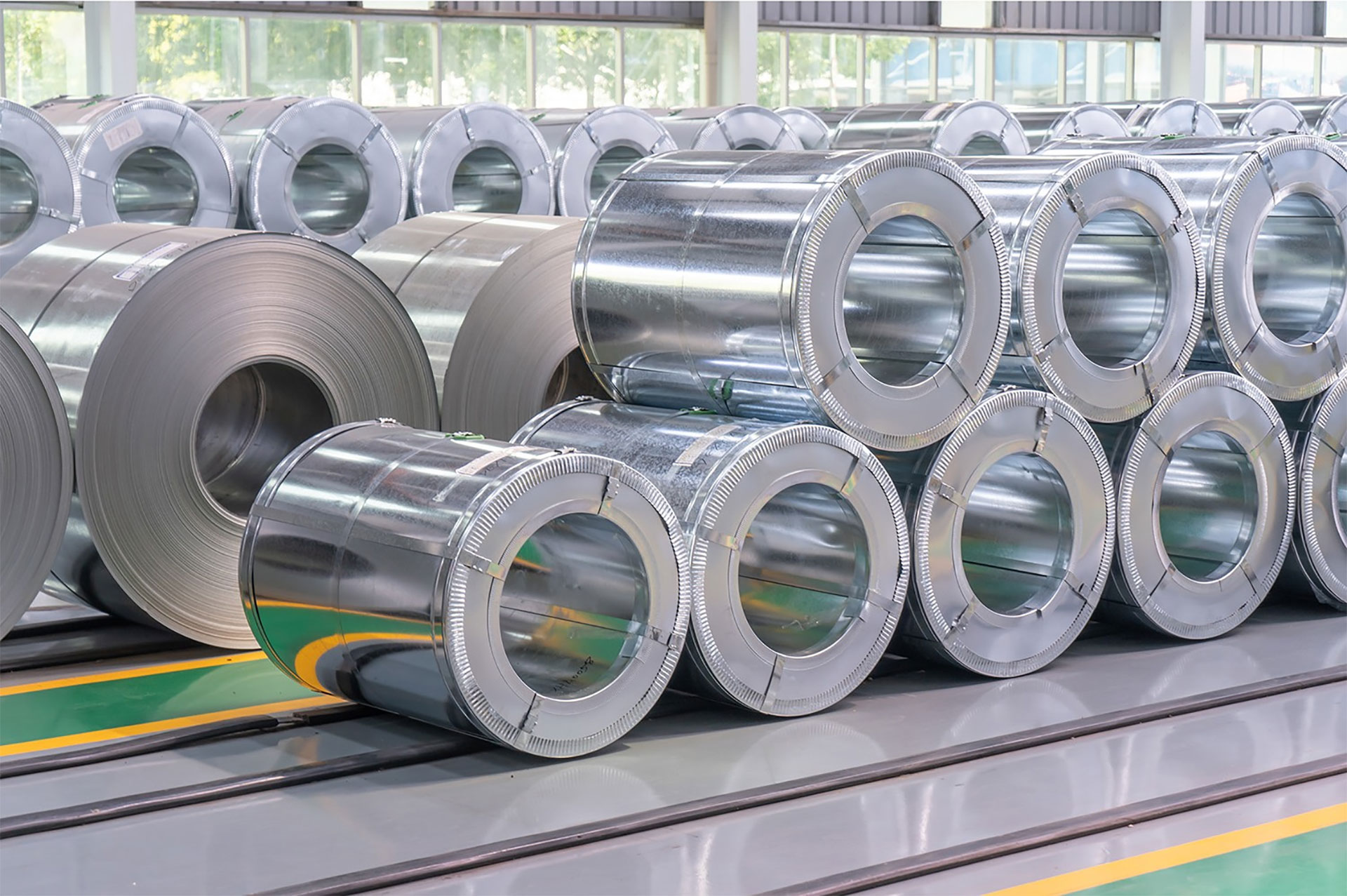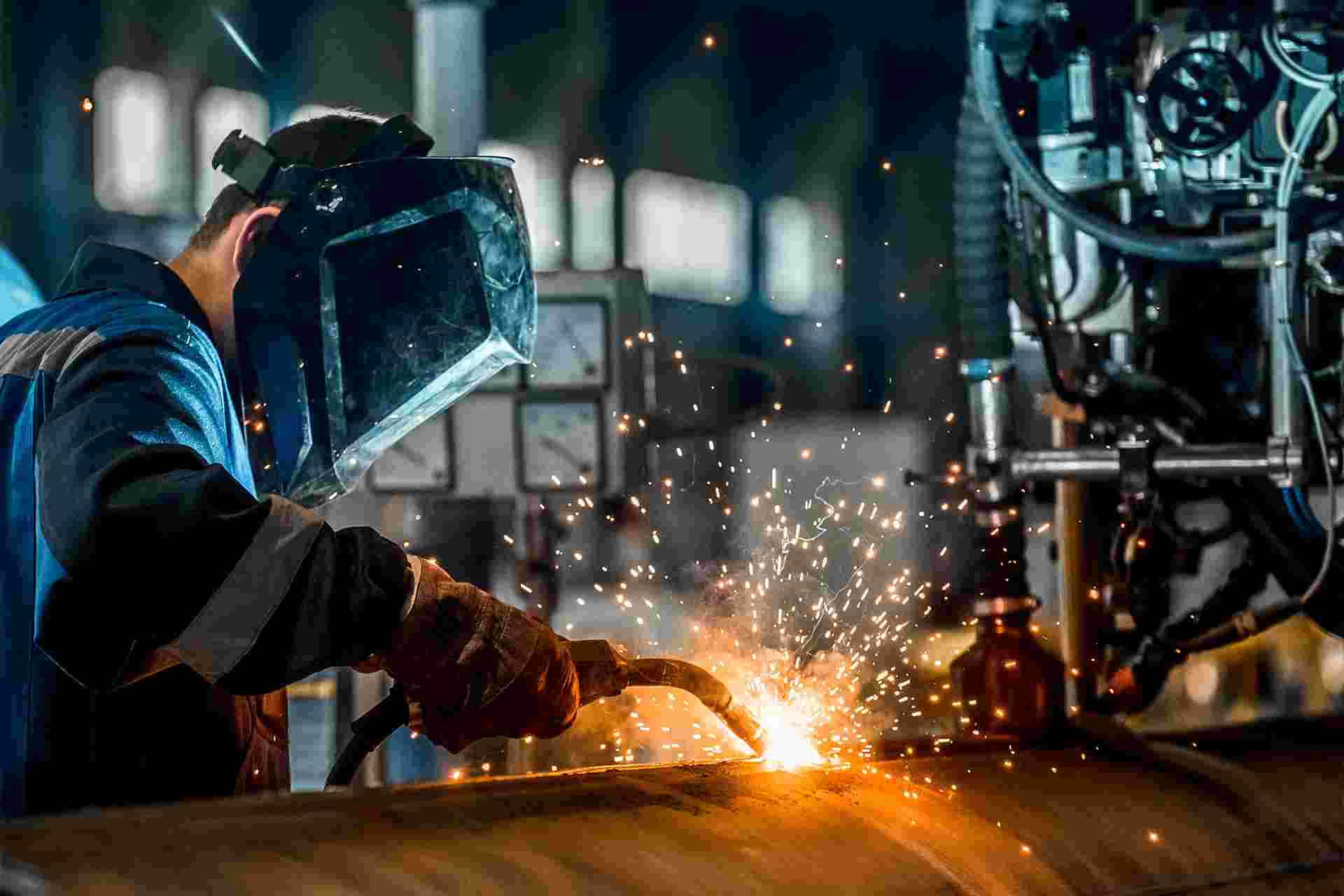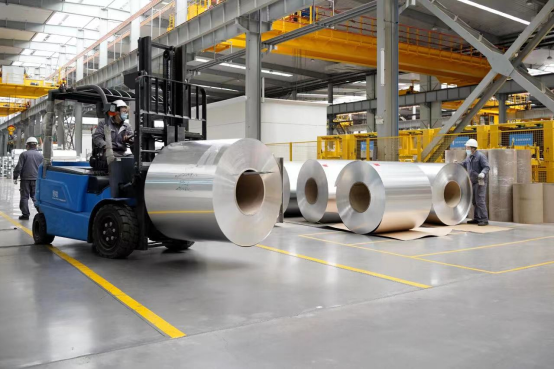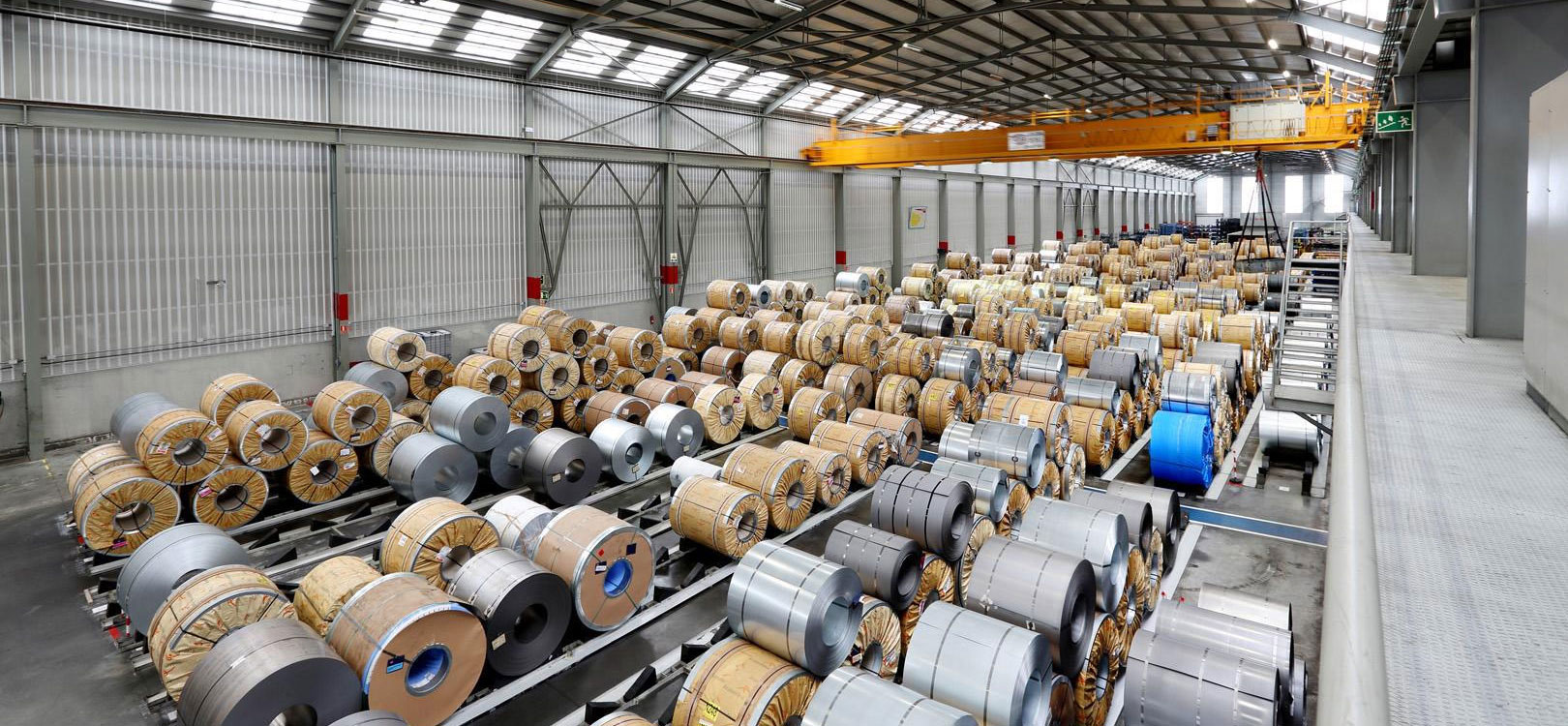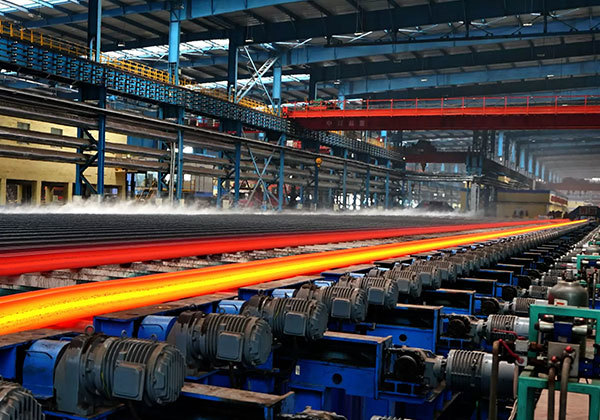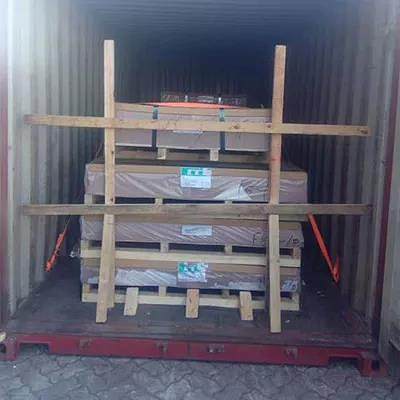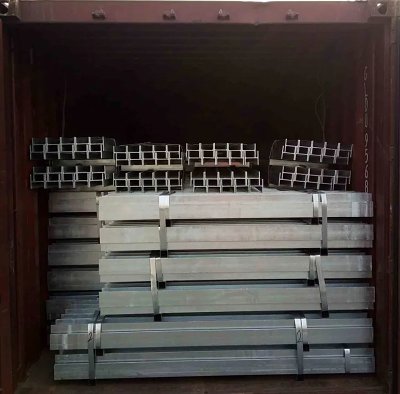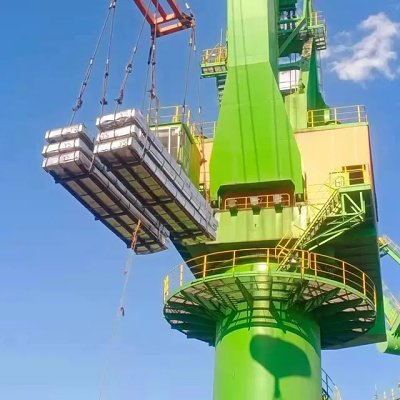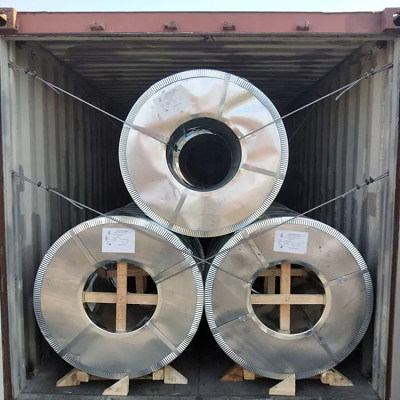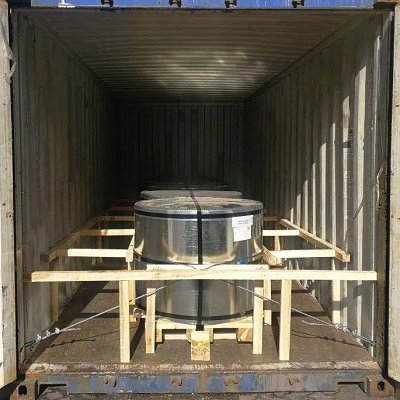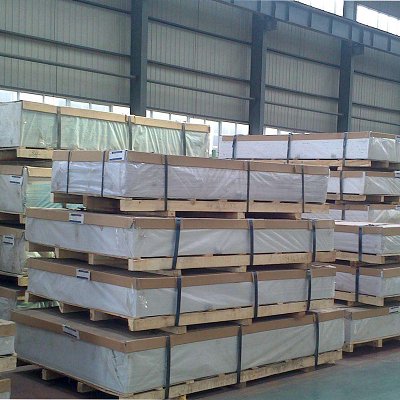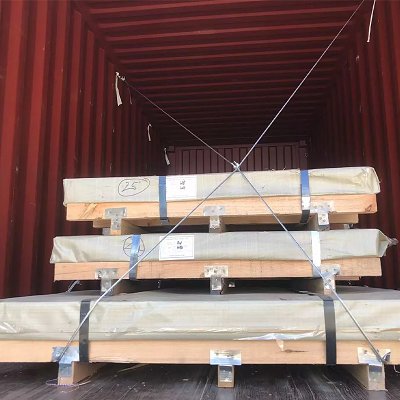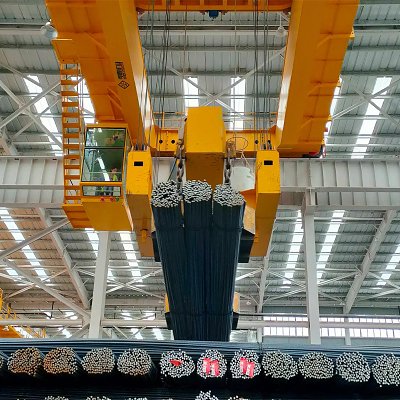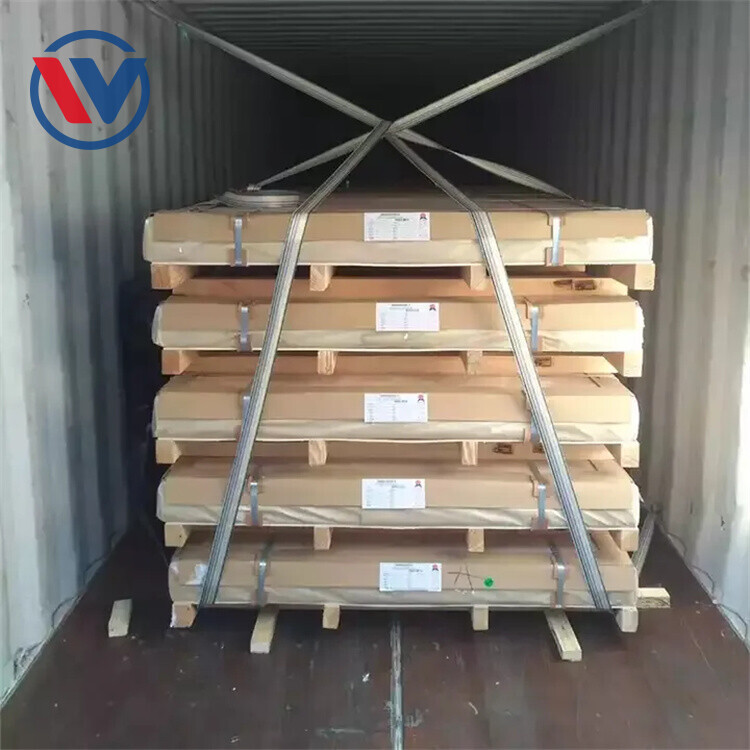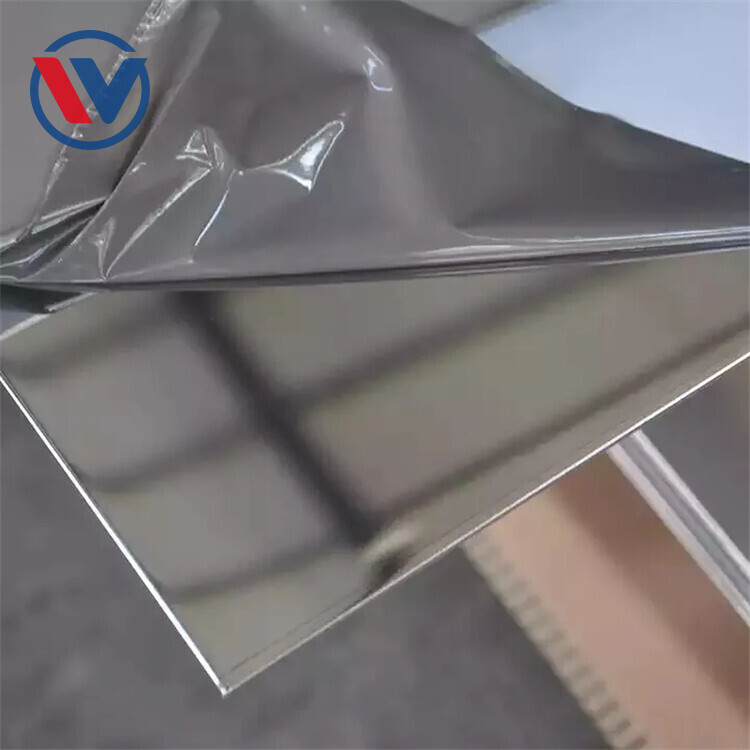Standard:JIS, AISI, ASTM, GB, DIN, EN, etc.

—Product Description
Standard:JIS, AISI, ASTM, GB, DIN, EN, etc.
Material:201, 202, 304, 304L, 309S, 310S, 316, 316L, 317, 317L, 321, 410,430, 430F,409,904L etc.
Thickness:0.1mm-150mm, or according to the customers' request.
Width:500mm-3000mm, or according to the customers' request.
Length:500mm-6000mm, or according to the customers' request.
I. Overview of 410 Stainless Steel
410 stainless steel is a martensitic stainless steel with high strength, hardness, and wear resistance. However, its corrosion resistance is weaker compared to austenitic stainless steels (e.g., 304, 316). Typical applications include cutting tools, mechanical components, valves, and shafts where high strength and moderate corrosion resistance are required. Note: In humid or chloride-containing environments, its corrosion resistance may be insufficient. Surface treatments (e.g., passivation, coating) or higher-alloy steels (e.g., 316, 2205) are recommended for enhanced protection.
II. Chemical Composition (%)
Notes:
Low-Carbon Design: 410 has relatively low carbon content (≤0.15%), higher than austenitic grades, enabling high hardness through heat treatment (quenching + tempering).
Variants:
410S: Ultra-low carbon version (C ≤0.08%) improves weldability and corrosion resistance but slightly reduces strength.
416: Added sulfur (S ≥0.15%) enhances machinability but further reduces corrosion resistance.
III. Mechanical Properties
1. Annealed Condition (Soft State)
2. Post Heat Treatment (Quenching + Tempering)
Notes:
Heat Treatment Process: Typically 980–1050°C oil or air quenching, followed by 150–400°C tempering as needed.
High Hardness, Low Toughness: Quenching significantly increases hardness but reduces plasticity. Avoid impact loads or complex stress environments.
Surface Selection
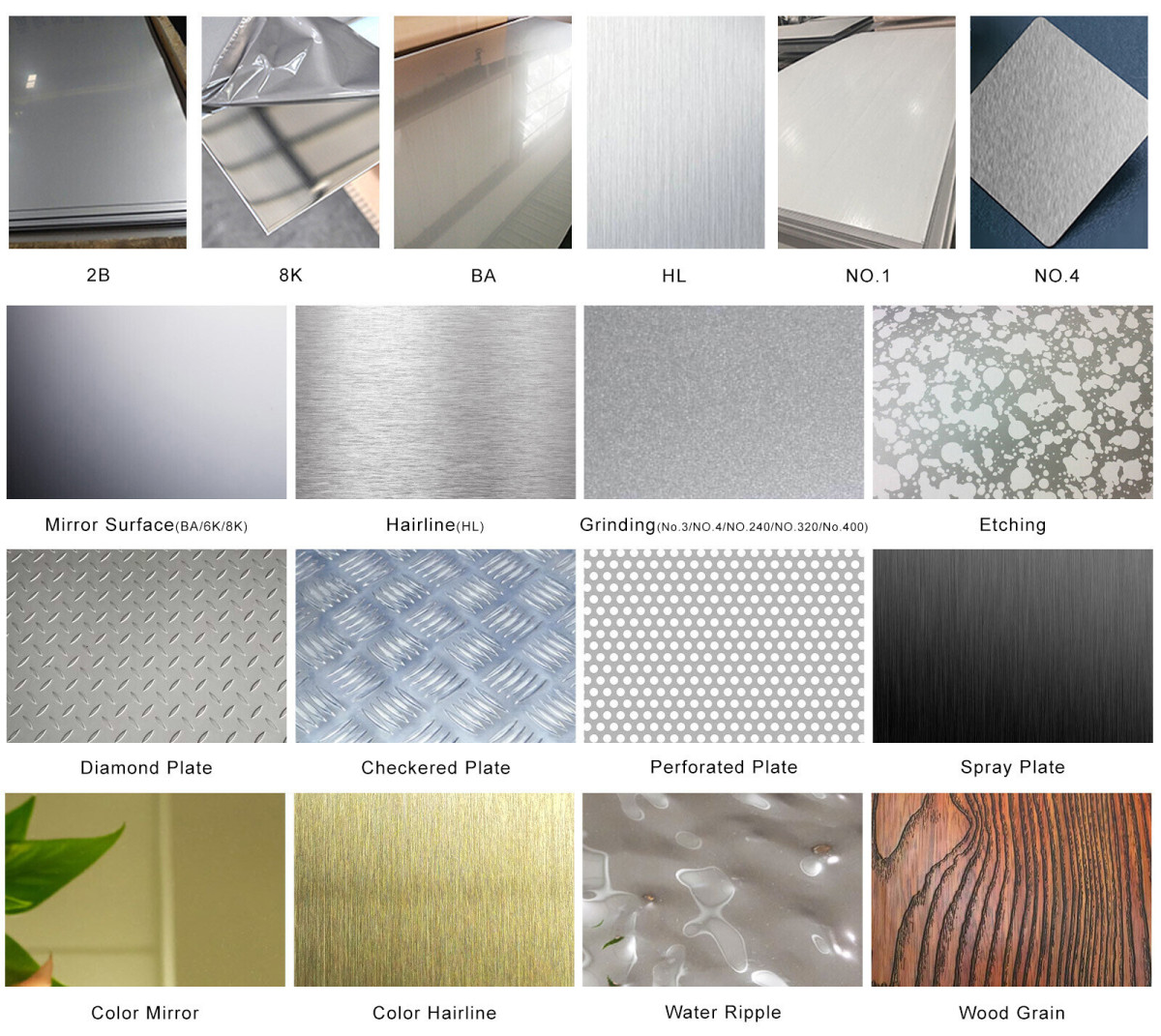
—Product Show
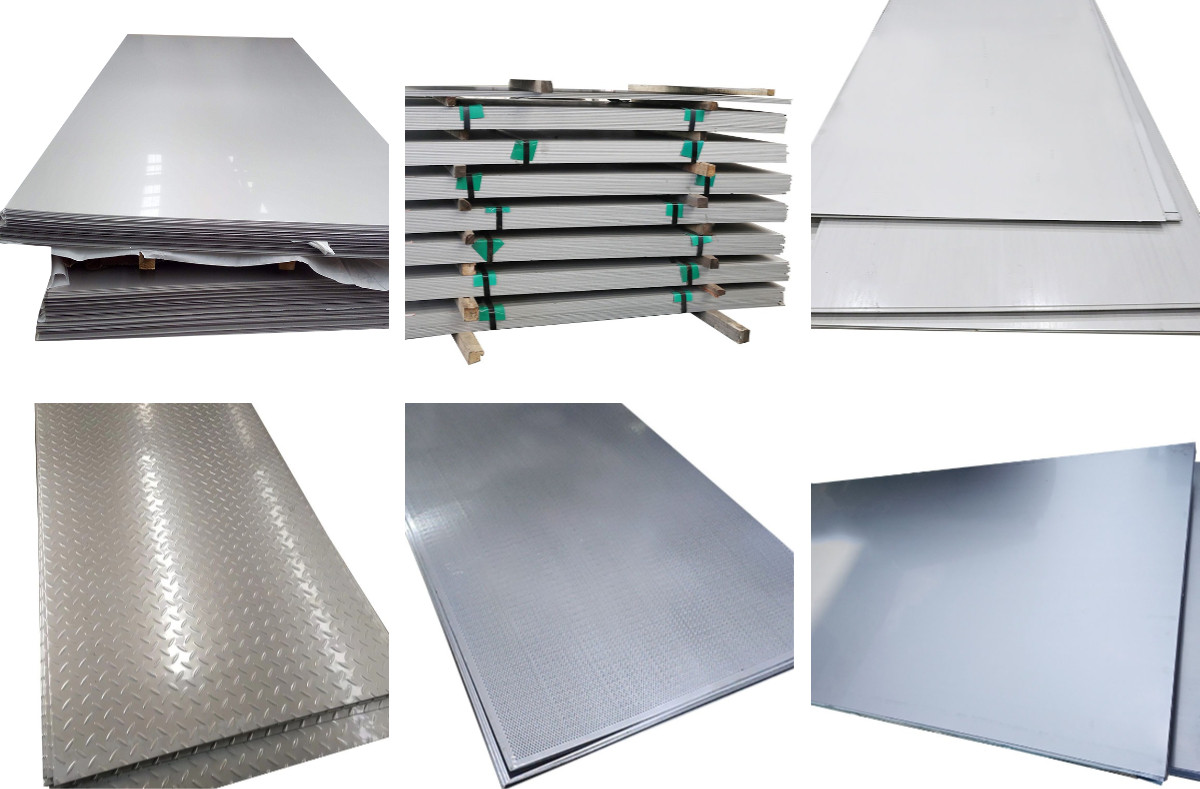
—Factory Workshop
—Product Packaging
Related Products
Our company is located in Wuxi City, Jiangsu Province, which is the largest steel processing center in China. Our teams specialized in the industry for over 14 years with rich experience in different silicon steel projects, and are familiar with variety of silicon steel standards, such as CE, SGS and so on. We can design and customize for unique requirements, and assure the safety, efficiency and reasonable price. Progressively we have expanded and now have five purpose built distribution warehouses and specialist steel process facilities offering services to the mining, construction, engineering and general fabrication industries around World.
Get Your Free Quote Now!
Leave A Message
If you are interested in our products and want to know more details, please leave a message here, we will reply you as soon as we can.


